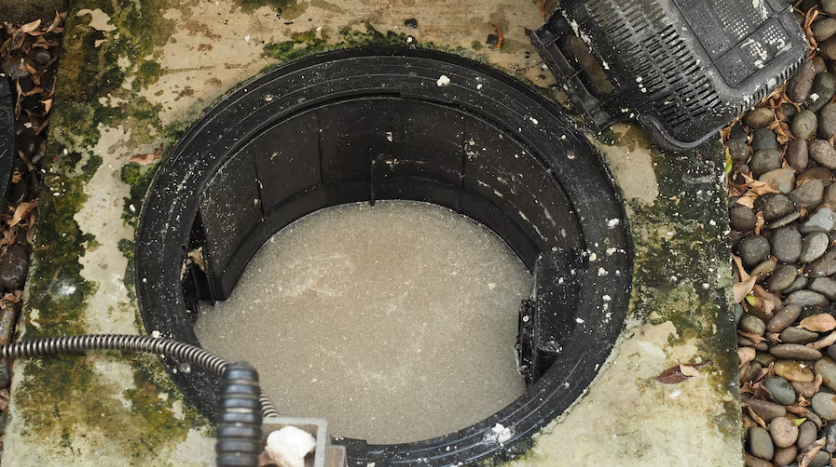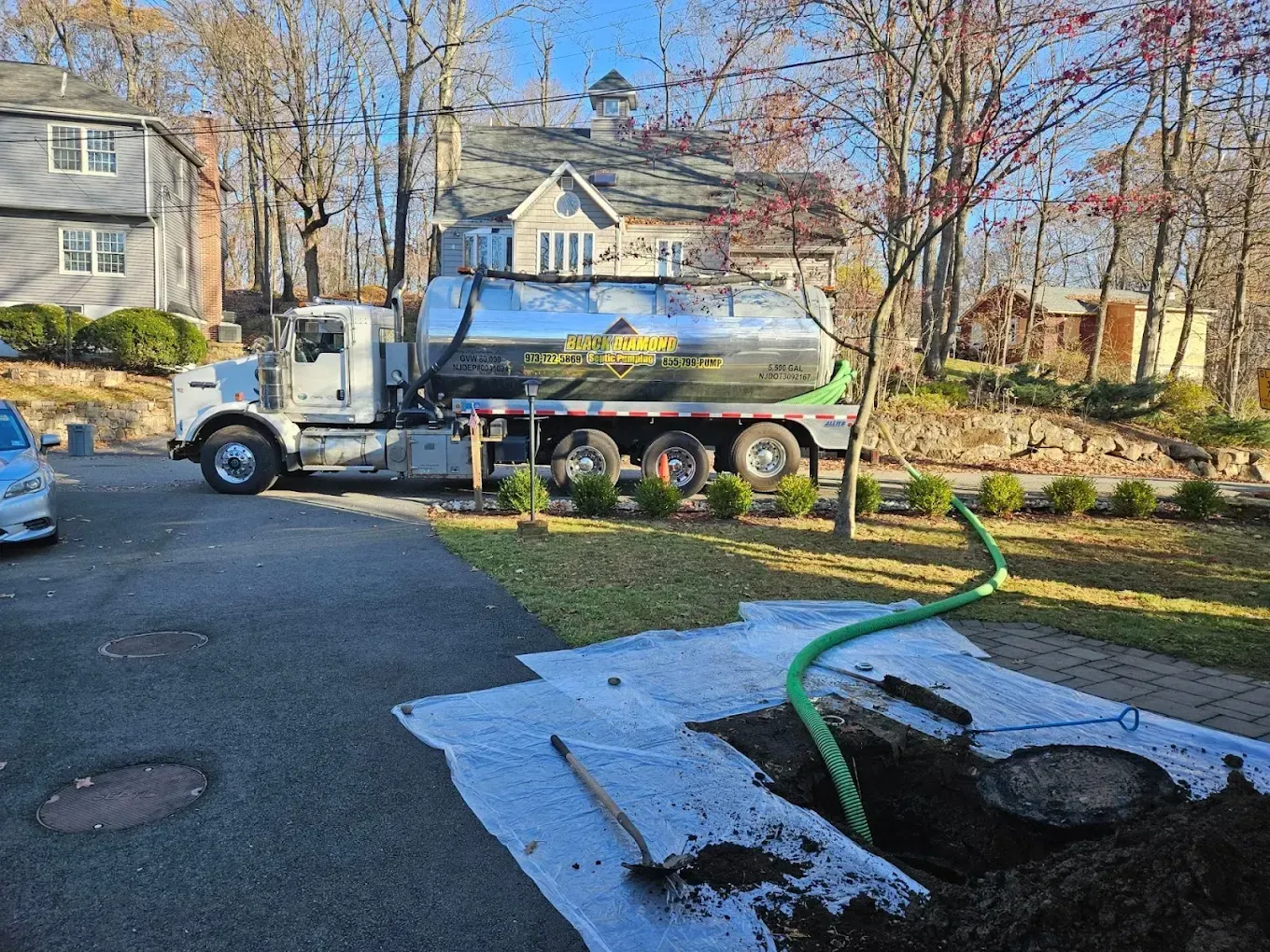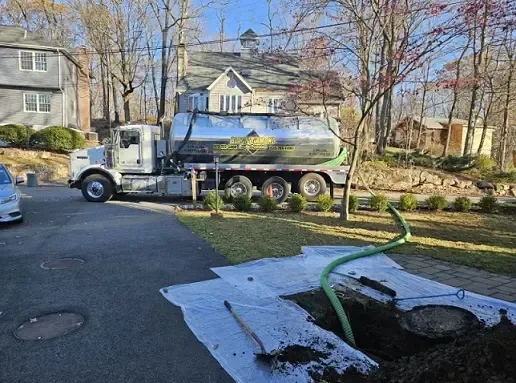How Does a Septic Tank Work?
Most people know they have a septic tank, but that’s about where the knowledge stops. You flush, the water vanishes, and as long as nothing smells bad or backs up, life goes on. But that tank in your yard is doing more work than you probably realize.
But here’s the deal: knowing the basics of how it works will help you identify issues early on, save money, and avert a disaster.
What Does a Septic Tank Do?
When your home is not connected to the city sewer, a septic system deals with all the wastewater your home creates. Every time you shower, do laundry, wash dishes, or flush the toilet - the water flows into the septic tank in your property.
Subsequently, your septic tank then performs two main tasks:
- Hold and separate waste in the septic tank.
- Filter and release cleaner water through the drain field.
Simple idea, but it works really well when it’s cared for.
Wastewater Leaves the House
Everything drains through one main pipe (usually four inches wide) and leads straight to the septic tank. Most tanks are concrete, fiberglass, or tough plastic, and can hold around 1,000 to 1,500 gallons. They’re buried a few feet underground and not too far from the house.
Separation in the Tank
Gravity does most of the work inside the tank. The wastewater segregates into three layers:
Special fittings at the tank’s inlet and outlet keep solids from escaping. Only the middle liquid layer is allowed to move on to the next stage.
Nature’s Cleanup Crew
The tank isn’t just sitting there holding water. The natural bacteria inside the tank constantly break down the waste, reducing the volume of sludge and scum. But not completely. That’s why pumping every few years is still necessary - otherwise, those layers build up until they clog everything.
Effluent Flows to the Drainfield
The liquid in the middle, i.e. the effluent, heads out through pipes into the drain field. The pipes have little holes that let the water slowly seep into gravel trenches. It then moves into the soil.
The soil acts as a natural filter. The harmful bacteria and nutrients get trapped and broken down before the water eventually joins the groundwater. It’s a surprisingly simple but effective system if you treat it right.
What Keeps the System Running Smoothly?
A few things make or break a septic system:
Size of the Tank vs. Family Size
A small tank with a big household fills up fast.
Water Usage Habits
Spread out laundry loads and fix any leaks at the earliest. Dumping too much water at once overwhelms the system.
What You Flush
Only toilet paper and waste should go in. Grease, chemicals, wipes, and non-biodegradable items can clog or damage the system.
Regular Pumping
Every 3-5 years, on average, keeps solids under control.
Why Regular Pumping is Crucial?
As mentioned above, routine pumping is key to a healthy septic system. While bacteria does the heavy lifting in terms of breaking down some of the solids, they don’t eliminate solids completely. Over time, sludge and scum keep building up until there’s less room for new wastewater. When the tank gets too full, solids can escape into the drain field, which clogs pipes and ruins the soil’s natural filtering ability. At that point, you’re not looking at a simple pump-out - you could be facing a full system replacement that costs thousands.
Regular pumping every 3-5 years prevents this by resetting the system before it reaches the danger zone. It’s a simple service that takes a couple of hours, but it keeps your system running for decades.
Common Signs Indicating Issues in Your Septic Tank
If something’s off, your septic system usually shows a few signs:
- Drains start moving slower Gurgling noises in pipes Foul odors near the tank of the drain field Spongy or wet patches in the yard Toilets backing up
Most of these problems are caused by neglect - too much sludge, clogged lines, or an overworked drain field.
Regular maintenance is what keeps your investment lasting decades instead of falling apart in five years.
The Importance of Understanding Your Septic System
You don’t need to be a septic expert, but having a rough idea of how the system works makes you a smarter homeowner. You’ll know why cutting back on water helps, why putting chemicals down the drain is risky, and why regular pumping isn’t optional. It also makes conversations with a septic company a whole lot easier - you’ll understand what they’re talking about and the repairs/replacements required.
Septic Services are Best Left to the Professionals
Some jobs are DIY-friendly, but septic isn’t one of them. The gases in tanks are dangerous, and the equipment needed to pump or inspect them isn’t something most homeowners have. That’s what we, at Black Diamond Septic Pumping, specialize in.
Besides pumping, we also inspect systems, locate tanks, and install risers that make future access easier. Having pros keep an eye on your system is the difference between decades of smooth operation and a sudden, very costly failure.
Leave Your Septic Worries to Us
Your septic tank is basically a small, hidden wastewater treatment plant in your yard. It takes everything your household sends down the pipes, separates it, lets bacteria do some cleanup, and then sends treated water back into the soil. When you understand this simple process, you’re more likely to treat your system right - and it will return the favor with years of trouble-free service. A little knowledge, plus routine professional maintenance, keeps the system working quietly in the background where it belongs.
Trust the team at Black Diamond Septic Pumping for pumping, inspections, or any septic service. For expert septic services, get in touch with us today.
Recent Posts













